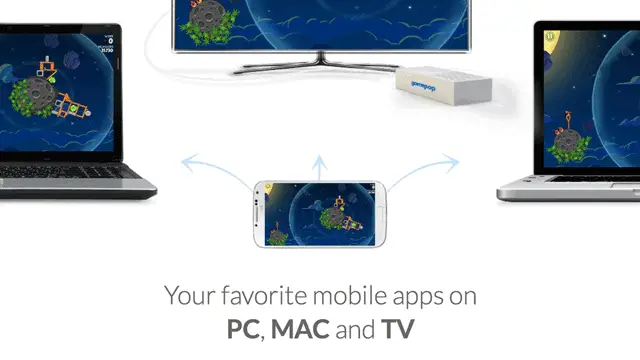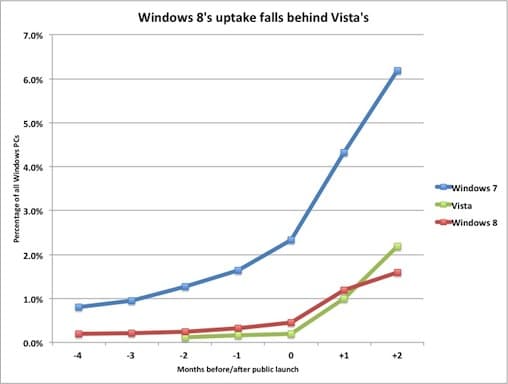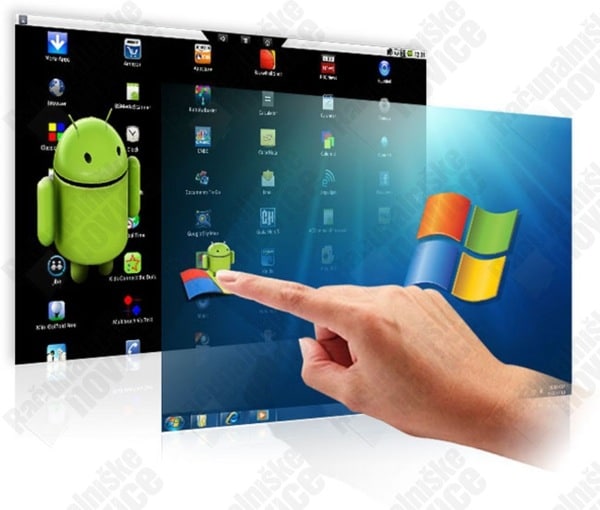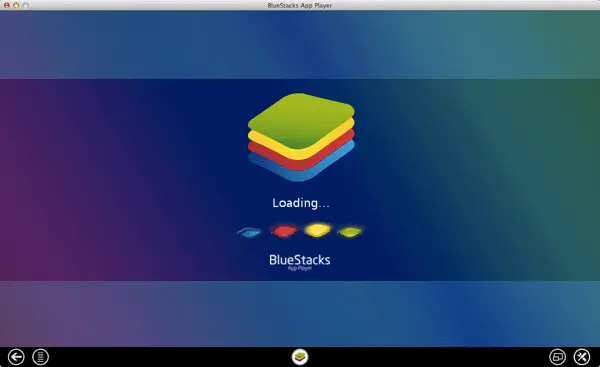
Intel preferred to focus on its new efforts in wearable computing like smartwatches and tiny computers. However, one other piece of news caught my eye. Intel confirmed a new effort for Windows tablets called “Dual OS.” The company is adding a virtualization program that runs Android apps within Windows.
AMD echoed Intel’s news with news of a partnership with Android virtualization group BlueStacks. The new AMD chips will include a small ARM core which can run Android apps alongside traditional x86 processors that power Windows.
The news drew my attention for its implications. Microsoft’s partners are wresting control of Windows 8 devices from the company to save it. CES just revealed the power play going on behind Windows 8.
Closed Windows
The problem with Windows 8 is that no one really likes it. Users are slow to adopt it. Traditional users raised hell about the new interface.
Windows RT in particular has tanked. The weird version of Windows 8 runs on ARM chips and uses only Windows Store apps. However, Microsoft’s anemic ecosystem makes this a hard sell.

Microsoft has pushed hard for Windows RT as the future of the OS. It hopes that as Windows 8 catches on, more developers will make apps for the Windows Store, which will boost the ecosystem for the Store-only RT tablets.
The company released the Surface RT months before the Intel-based Surface Pro to encourage users to try the new version. Sales disappointed.
Surface RT is inherently linked to the quality of the Windows Store. As the former languished, so did the latter.
The Revolution
Enter the new setups. Consumer manufacturers want more sales, and they need every possible advantage over the perennially successful iPad.

One way to do that is to improve the app selection. If you can offer a tablet with a better ecosystem, that’s a better sale.
Since Apple would rather set fire to its production lines than let iOS apps run on other platforms, that leaves Android, which would be preferable anyway due to its open nature.
Intel and AMD need increased sales against the rising tide of mobile devices, which all use ARM chips.
Windows is their ticket to sales in the future. As PC sales decline, the two companies want to get in on the ground floor with new devices. They need to sell as many Windows 8 slates as possible.
This plan works for Microsoft in that sense. However, it works at the expense of the ecosystem as a whole. If you can run Android apps on Windows 8 tablets, why bother developing native apps for the platform? Why not just make them for Android?

Intel and AMD want Android support to help bridge the gap between where Windows 8 is now and where it could be in two years with more support.
They hope that if consumers hear they can run their favorite apps on Windows 8, they’ll pay for a new tablet.
Final Thoughts
I can’t imagine Microsoft likes this plan, but it ran out of time. Windows 8 has been out for a year now to little results.
We’ll have to see if Intel and AMD’s gamble pays off.







